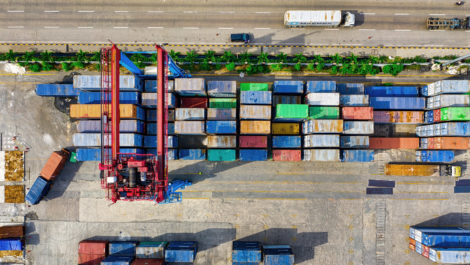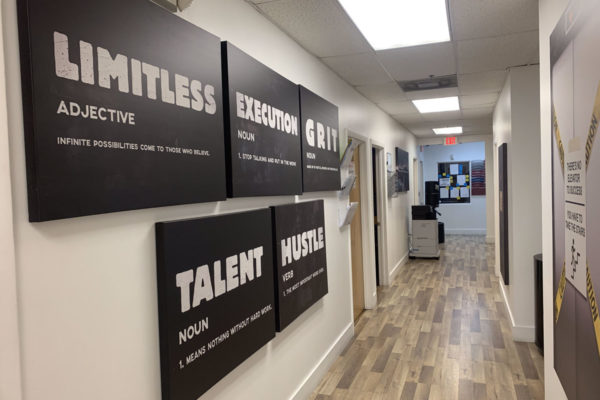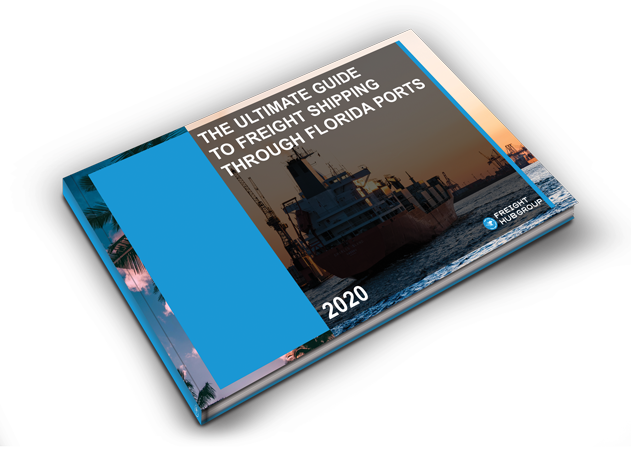The global supply chain and shipping community are on the edge of an unprecedented panic state. The supply chain continues to experience uncertainty as it has been struggling to keep up with industry changes.
Air and ocean cargo capacity continue to decrease at an alarming rate. Around the world, storage at terminals and warehouses are filling to capacity while cargo waits to be moved. The pandemic must be contained before accurate projections can be made, but if we can look at historical data and mitigating factors we may be able to provide a glimpse into what the future holds for the supply chain industry.
Here are five factors that you should take into consideration when assessing the outcome of the current situation:
COVID-19 Containment. COVID-19 has to be contained on a global scale before projections about economic recovery can be made with any kind of certainty.
The sooner the virus is curbed, the sooner people can get back to work.
Consumer Spending. Over 6 million Americans applied for unemployment benefits last week.
As you know we tend to spend less money on products and services in times like this. This slowdown in the economy leads to product instability as purchases are delayed or canceled.
Blank Sailings. In the month of March, there were around 100 blank sailings.
Experts are predicting this number will more than double in April. In the past, steamship lines have announced blank sailings 3-4 weeks in advance.
In the current global shipping culture, the notice of lead time is shrinking to as little as 2-3 days. This puts enormous strain on the worldwide cargo movement.
When product and equipment movement is delayed, it adds to the already growing backlog at the ports and terminals.
Quarantines. There is a growing trend where vessels are quarantined at ports of call for up to two weeks if they come from an area heavily affected by COVID-19.
Countries are enacting different types of national legislation regarding the criteria for quarantined vessels and cargo.
Additionally, if personnel at a terminal contracts the virus, individual quarantines are issued. Terminals may shut down for a number of days for cleaning and disinfecting.
If this were to happen to a crew member on a vessel, it would essentially stop the movement of that particular ship until the entire crew team is cleared by the proper authorities.
Routing Changes. Steamship lines are contemplating creative ways to move cargo. Some lanes are being eliminated, while others are being shortened by deleting or altering ports of call.
There are even routes being extended in duration in order to keep cargo moving. Will these changes be permanent or are they temporary? In due time, each steamship line will decide what the best course of action is for their respective company.
With all this uncertainty, there are some known factors that will shape what the post-Covid-19 shipping industry will look like.
To begin with, the massive amounts of inventory sitting at terminals will cause a temporary rush of cargo movement and delivery. Many experts say this surge will last around a month. Manufacturers, factories, and industries as a whole will begin to return to work.
Experts say that it will take 2-3 months before companies will be able to produce their goods at their normal, pre-pandemic pace.
Companies will have to wait on materials, product orders, and fix personnel issues (i.e. re-hiring, navigating “stay at home” restrictions) before becoming fully functional again.
Experts currently project it could be from Q4 of 2020 up to Q2 of 2021 before the global supply chain returns to somewhat normal operations.
It is prudent to plan at least 2-3 years into the future, while also taking into consideration the current state of the supply chain and professional forecasting guidance.
At Freight Hub Group our team is monitoring the local supply chain and cargo movement trends and activities on a daily basis. Please feel free to contact us with any questions at Quotes@gofreighthub.io.







